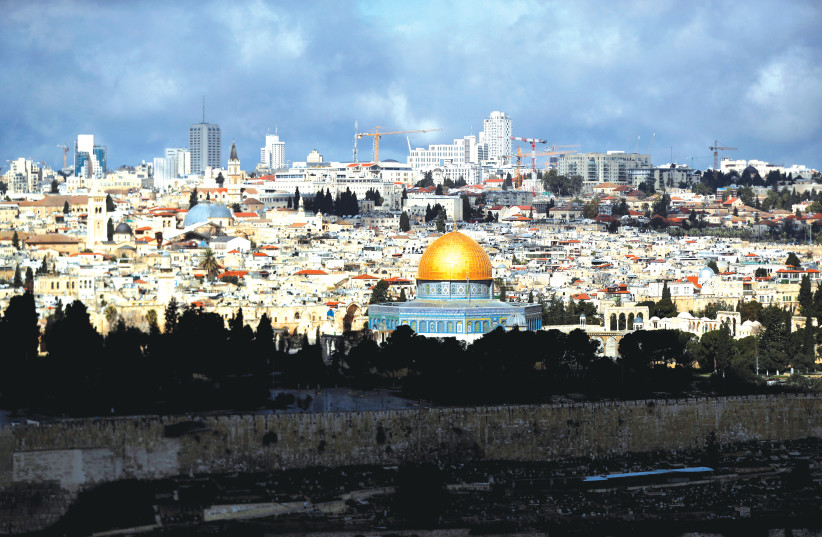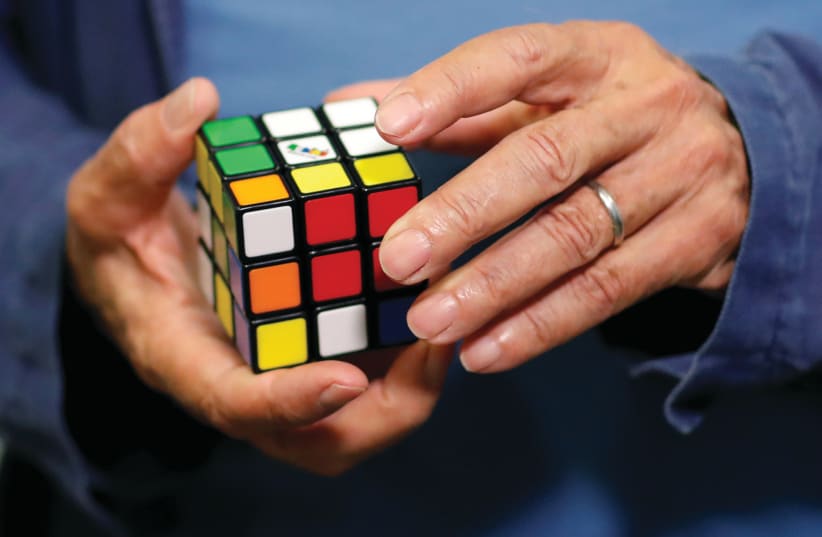As a scholar and life-long enthusiast of traditional rabbinic Midrash, I have often been allergic to modern attempts at creating, what I would call, midrash with a lower-case m. Although the ancient rabbis were wildly creative in their interpretations of the written Torah, inventing a genre like no other I have ever seen, that genre had rules. Strict rules.
And only after you knew the Torah backwards and forwards – in order to identify what was missing between its lines – could you jet-propel yourself off its words to craft stories that fill in its blanks at the same time as they impart stunning social, religious, educational, or moral lessons for the age in which they were written.
“Midrash? Midrash can be ANYTHING you want it to be.”
A woman in a discussion group
I will never forget the moment my anti-modern-midrash sensitivity exploded into full-blown allergy. A woman in a discussion group exclaimed, “Midrash? Midrash can be ANYTHING you want it to be.” My inner darshan just couldn’t handle that ignorant statement. No, I silently screamed. That’s just not true. You might be right if you were talking about midrash. But Midrash with a capital M? That is something very specific. And the Midrash catalog shut its doors to new entries, my friend, a long, long time ago. That was my abiding belief for many years.

Reopening the Midrash catalog to new entries for women
Until Dirshuni: Midrashei Nashim came along. With its first Hebrew volume published in 2009 and its second in 2018, Jerusalem-based author and teacher Tamar Biala birthed a contemporary oeuvre of midrashim that could legitimately stand alongside those of the ancient rabbis in their canon of Midrash. With a capital M. Biala, and in its first volume, Nechama Weingarten-Mintz with her, collected contemporary midrashim written by a group of exceptional Israeli women. Curated in anthology form, unadorned, these luminous pieces addressed the needs and truths of the female half of the world.
I studied both volumes over the years slowly, almost luxuriously, undoing each midrashic riddle, one by one, to reveal the nuggets of deep meaning it contained. I was so grateful for the gift that Biala had bestowed on the world, and for the three-pronged statement it made: 1) there are creators out there who are capable of crafting capital-M Midrash in this day and age; 2) those creators are incredibly talented women, who I could look up to and admire and even meet one day; 3) their female voices spoke to what I felt was still needed in the world of Torah: as Biala calls it, “the other half of the Jewish bookshelf.”
Women's Midrash now available in English
And now the gift has grown, exponentially. Dirshuni: Contemporary Women’s Midrash (Brandeis University Press) is an English-language collection of the best of both Hebrew volumes. Like in the Hebrew – like true Midrash! – the language of each piece is spare and elegant. Never over-written, never overwrought. You must lean in close and work through each piece slowly, turning it over and over, like a Rubik’s Cube.
Not only is the world of Dirshuni now available to English-language readers, but there is a new twist: Biala has added framing and commentaries to each piece.
I was at first resistant to these added elements in the new English version. After all, isn’t Midrash made to study, without the help of a pilot? Shouldn’t I have to figure it all out for myself? (And as Biala herself writes in her editor’s introduction, in a section titled “The Sin of Writing Commentary”: “I wrote the commentaries with a heavy heart.”) But reading more and more of them, I found Biala’s additions to be less of a commentary, and well, more of a series of beautiful artist’s statements. A guide on the side, and never a sage on the stage, Biala generously walks the reader through each Midrash, each piece of gorgeously crafted art.
I began to want to send individual midrashim to friends who would appreciate their significance – especially those of the human heart, within the psychological readings of biblical characters (“Let Your House Be Open Wide,” by Hagit Bartov, about the very different ways our foremothers Sarah and Rachel handled the pain of their infertility, immediately comes to mind). Oshrat Shoham’s works in the section titled “Rape and Incest” are breathtakingly brilliant and savage. And mention must be made of Rivkah Lubitch’s pieces on mamzerim (halachically illegitimate offspring). We need leaders like these: those who stand up, without fear, and state unequivocally that Halacha must be changed. That it is not acceptable for children to suffer on account of their parents’ actions.
Biala also provides an outstanding introduction to Midrash by Dr. Tamar Kadari, with whom I was privileged to study at Machon Schechter here in Jerusalem, so those less familiar with the genre can embark upon their reading of Dirshuni with confidence.
The writer, who holds a master’s in Midrash from the Schechter Institute of Jewish Studies, directs the Pardes Center for Jewish Educators at the Pardes Institute of Jewish Studies in Jerusalem.
Dirshuni: Midrashei NashimBy Tamar BialaBrandeis University Press 304 pages; $30
